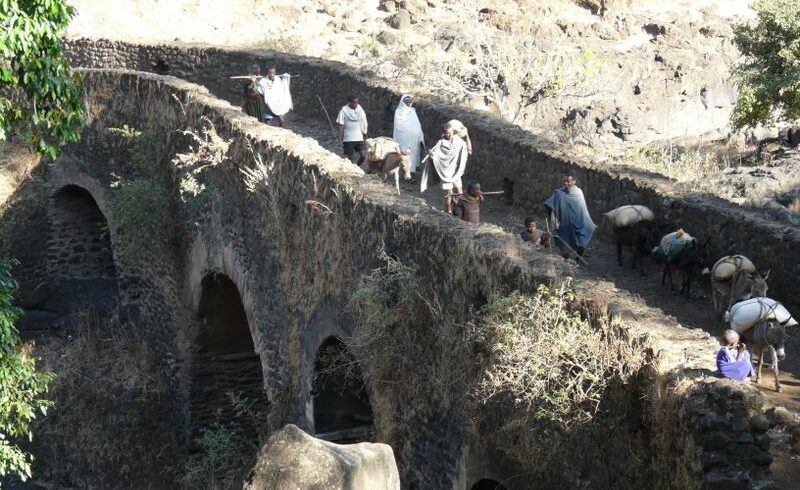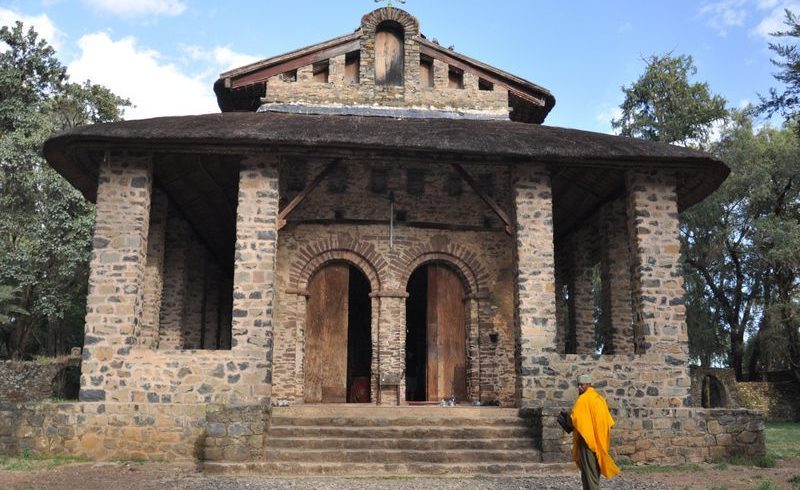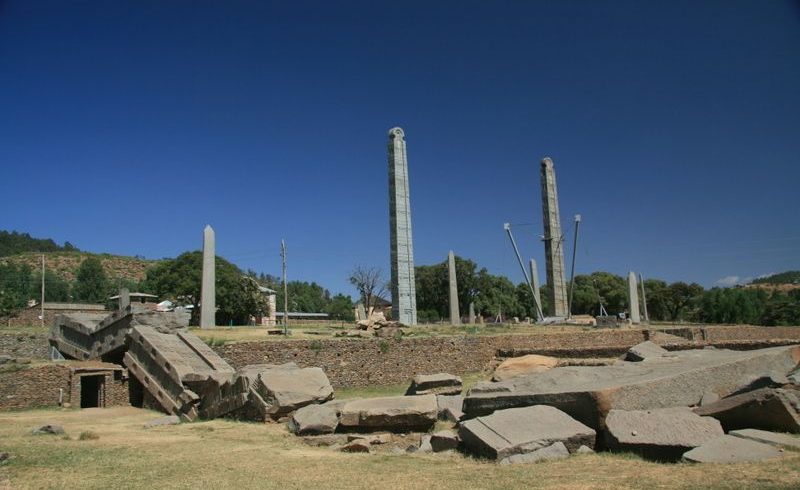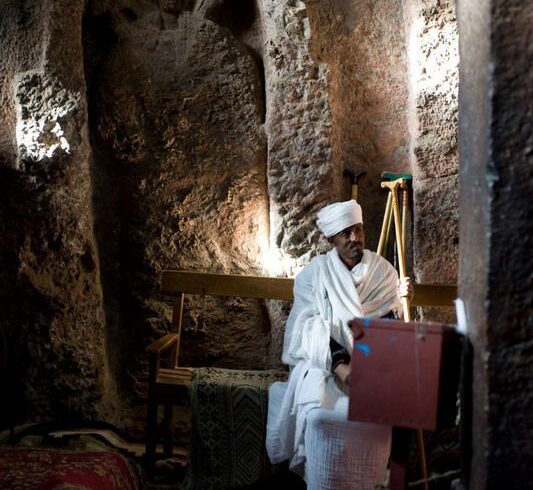Ethiopian history
Ethiopia has a rich history that goes back at least three thousand years. Facts and legends easily mingle and fascinating it is! Therefore history plays an important role in tourism in Ethiopia. As a result, any tour which visits the north of the country has often the title ‘Historical Route’. Below we give a very brief overview of Ethiopian history to guide you to our destination pages.
Axumite Empire
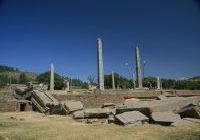
A visit to Axum brings you to the heart of the Axumite Empire which ruled Ethiopia and beyond until the 8th century AD. The exact beginning is unknown. Legend is mentioning the time of the Queen of Sheba who lived around 1000 BC. The Yeha temple in Tigray is the oldest built structure in Ethiopia. Dated pre-Axumite, to about 700 BC. Ethiopian history started from here. The introduction of Christianity to the country happened in the Axumite period. Many churches found in Tigray are from around this time.
Zagwe Dynasty: Lalibela
The famous rock-hewn churches of Lalibela are built or better said chiseled out, in the 12th century during the reign of the Zagwe Dynasty. The churches are the legacy of King Lalibela. It is believed his visit to Jerusalem inspired him to build the churches. This dynasty was in power from the 9th until the 13th century. Many kings from this period left churches with different architectural styles in the area. A visit to Lalibela is a highlight for any visitor with an interest in Ethiopian history.
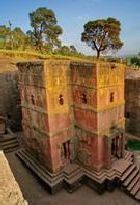
Gondar: the medieval capital
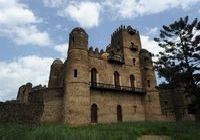
A period without capital and a strong presence of Muslim conquerors from Harar followed. Christianity came under the tread in the Ethiopian Highlands in the 16th century. Because of this, the monasteries in Lake Tana blossomed that time as a safe haven for the many treasuries.
After the defeat of the Muslims with the help of the Portuguese, Emperor Susneyos converted to Catholicism. The people didn’t accept this and he abdicated in favor of his son Fasilidas. After that, he reinstated the Orthodox faith as the state religion. He also founded Gondar as the capital city which remained until the mid-19th century.
Modern times
At the end of the 19th century, Emperor Menelik II founded Addis Ababa, the current capital of Ethiopia. He and also his successors Empress Zewditu and Emperor Haile Selassie left many historical buildings in and around Addis Ababa.

Our most popular packages
This is a fine example of combining some of our suggested itineraries to a 'Best of Ethiopia' tour. It is…
For us this is the classic 'Historical Route'. It takes you to all the important historical sites of northern Ethiopia…
This is a perfect balanced itinerary to meet different ethnic groups in the south. Meanwhile you can enjoy the natural…
This is the shortest possible tour which takes you to all the important historical sites of northern Ethiopia and includes…
When your time is really limited but you want to include all the important historical sites of northern Ethiopia in…
A visit to the rock-hewn churches of Lalibela is the highlight of any visit to Ethiopia. The 12th century churches…


